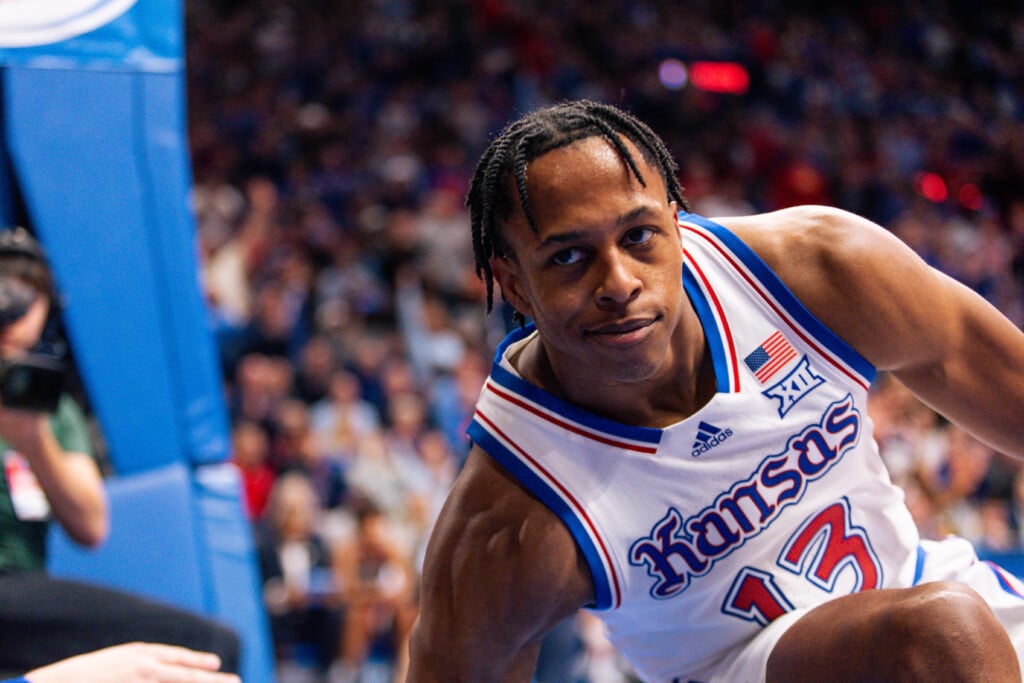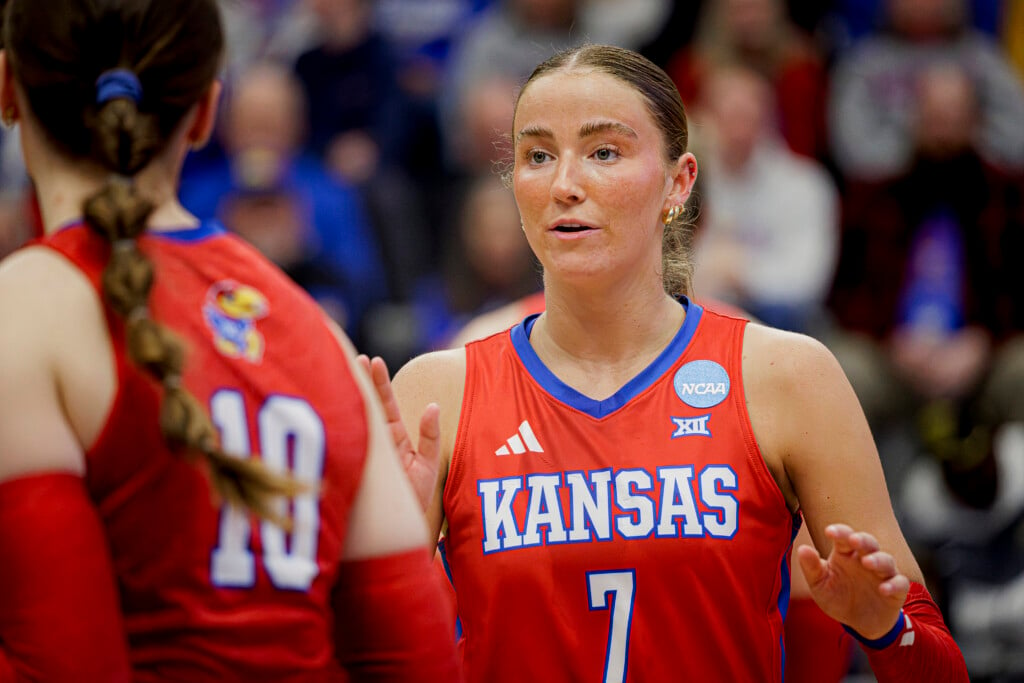Dining Inn
Eight decades after local grocer William D. Oldham built his namesake five-story hotel (which was never as glamorous as its snazzier contemporaries, the Savoy or the Coates House) at Fifth and Walnut, the solid brick building is now all offices except for the first floor, which has been transformed into a stylish restaurant (see review). In the venue’s hotel days, various blue-collar cafés served meals at street level, but none was as fancy as the current restaurant. The Oldham Hotel was an inn without a dining room; now the building has a dining room but no sleeping quarters.
Until the advent of the motel and the motor inn after World War II, it was unusual for a hotel not to have some kind of dining facility, if only a coffee shop. Today, with nearly 200 hotels in the metropolitan area, it’s hard to find more than two dozen that offer anything more than a continental breakfast.
That’s because there are so many different styles of innkeeping now, says Tom Holden, executive director of the Hotel-Motel Association of Greater Kansas City. “It used to be that there were three kinds of facilities. A motel was a one-story building. A motor inn was two stories, and anything with more than three stories was a hotel. And the rule used to be that hotels offered more services, including restaurants. Motels usually didn’t,” he says.
Then new breeds of hybrid lodging mutated into existence: long-term resident inns, extended-stay suites, corporate apartments, bed-and-breakfasts, economy lodges. Most of these facilities don’t offer room service or dining rooms but will serve a complimentary breakfast and sometimes a cocktail-hour snack.
“Offering food and beverage service in a full-service hotel is one of the highest expenses,” says Cynthia Savage, manager of the Raphael Hotel. “You have to make sure you have a great chef and a consistent, high-quality product or you can’t make it.”
Because the Raphael Hotel is on the Country Club Plaza, just steps from an array of restaurants, Savage’s task of filling tables in the hotel’s restaurant is doubly hard. “If we have a guest staying here three nights, he or she will eat here once. A guest staying one night might not eat here at all. That’s why 75 percent of our business comes from the local community, not hotel guests,” she says.
It doesn’t matter that the Raphael’s restaurant — and chef Peter Hahn — consistently receive rave reviews, adds Savage. “There’s a stigma about a restaurant being in a hotel. I’ve always said that if we could build a restaurant next to the hotel, the dining room would be twice as busy,” she says.
Ironically, at the turn of the last century, the finest dining rooms in the country were located in places like Chicago’s Palmer House and New York’s Waldorf-Astoria; even our own Hotel Muehlebach’s long-vanished Café Picardy was once the swankiest joint in town.
Next month, when the restored Hotel Phillips (12th and Baltimore) — the former Phillips House — officially opens its doors, the restaurant known first as the Sir Loin Room and then as Walt Bodine’s Steakhouse will become Platters, a dining room serving family-style dinners with a menu that changes daily. The Milwaukee-based Marcus Hotels chain, which owns the Phillips, is keeping the dining room’s dark woodwork, but not the venue’s old formality. “The dishes will be served tableside, not unlike the way that Lidia‘s serves its pasta sampler, very upbeat and fun,” says publicist Keli Wenzel.”
Who needs room service?




